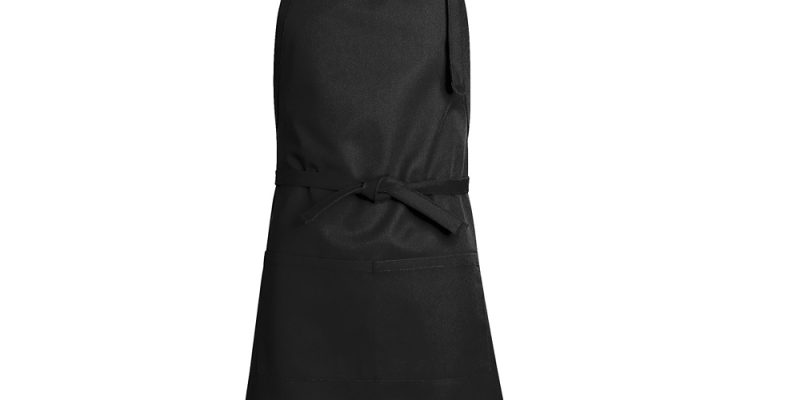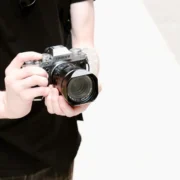In an era where environmental consciousness is paramount, traditional crafts are reevaluating their impact on the planet. Embroidery, with its deep roots in craftsmanship, is not exempt from this scrutiny. As the world embraces sustainable practices, the art of embroidery is finding innovative ways to stitch a greener future.
The Environmental Impact of Traditional Embroidery
Traditional embroidery often involves the use of various materials, including threads, fabrics, and embellishments. The production and disposal of these materials can contribute to environmental degradation. Recognizing this impact, artisans, and enthusiasts are exploring eco-friendly alternatives to minimize their carbon footprint.
Natural Dyes and Organic Threads: A Green Palette for Embroidery
One of the ways embroidery is embracing sustainability is through the use of natural dyes and organic threads. Traditional embroidery floss is often made from synthetic materials, but a shift towards organic and plant-based alternatives reduces the reliance on harmful chemicals and supports sustainable agriculture practices.
Upcycling and Repurposing: Breathing New Life into Old Textiles
In the spirit of sustainability, embroidery enthusiasts are turning to upcycling and repurposing. Old garments and textiles find new life as embroidered pieces, reducing the need for new materials. This practice not only minimizes waste but also adds a layer of storytelling to each creation, as the history of the fabric becomes intertwined with the embroidered design.
Embroidery for Conservation: Stitching Awareness and Advocacy
Embroidery is becoming a medium for conservation and advocacy. Artists use their craft to depict endangered species, threatened ecosystems, and environmental issues. These embroidered works serve as powerful tools for raising awareness, promoting sustainable practices, and contributing to the dialogue surrounding environmental stewardship.
Community Initiatives: Greening the Embroidery Ecosystem
Communities of embroiderers are coming together to implement sustainable practices collectively. From organizing eco-friendly embroidery events to sharing tips on reducing waste in the craft, these initiatives demonstrate the collective power of the embroidery community in contributing to a greener and more sustainable world.
Conclusion
Embroidery is weaving its way into the fabric of sustainability. Through mindful choices in materials, upcycling practices, and environmental advocacy, the art of embroidery is transforming into a force for positive change. As we stitch our way forward, embracing eco-friendly practices, we not only create beautiful works of art but also contribute to a sustainable legacy that future generations can admire and build upon.












Comments